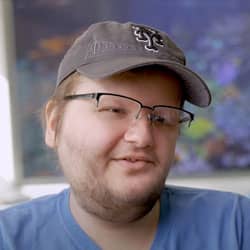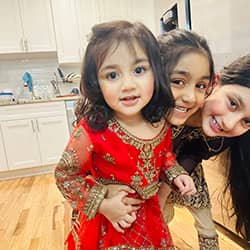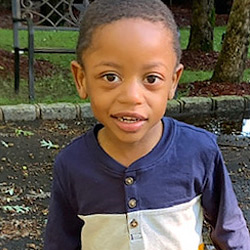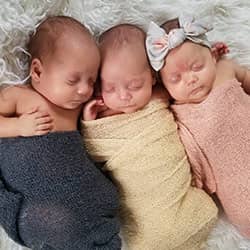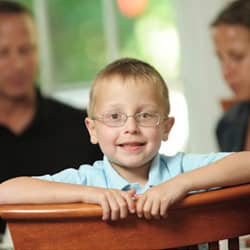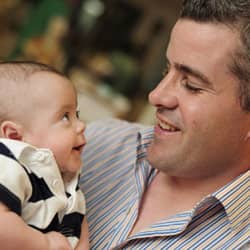Patient Stories
At Stony Brook Children's Hospital, every patient's journey is a testament to the comprehensive and compassionate care that our team provides. These stories showcase the incredible strength of our young patients and the dedication of the healthcare professionals who support them. Explore these inspiring accounts to see how we strive to make a difference in the lives of children and their families every day.
